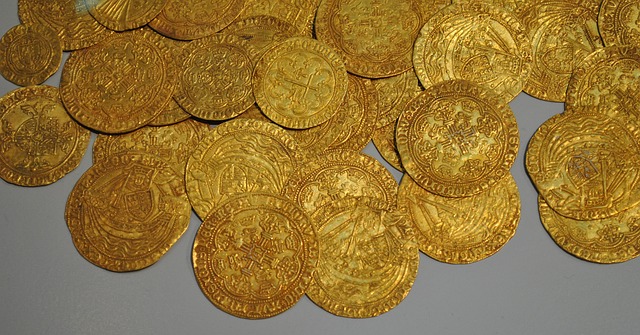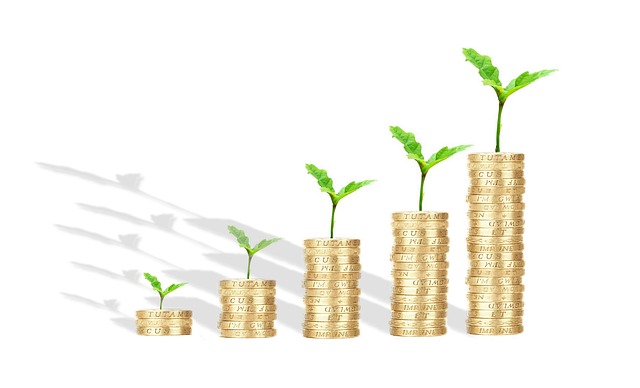Understanding Rare Coins: Value, History, and Authentication
Rare coins represent fascinating pieces of history that combine numismatic artistry with investment potential. These collectible treasures offer insights into past civilizations, economic systems, and cultural developments while serving as tangible assets for collectors and investors. Understanding what makes coins valuable requires knowledge of their historical significance, rarity, condition, and authenticity factors that determine their market worth.

Overview of Valuable Coins and Their Historical Background
Valuable coins span centuries of human civilization, with each piece telling a unique story about the era in which it was minted. Ancient Greek and Roman coins showcase early monetary systems, while Medieval European coins reflect the rise and fall of empires. American colonial coins document the nation’s journey toward independence, and early federal issues mark the establishment of the United States Mint in 1792.
Historically significant coins include the 1933 Double Eagle, which represents the end of America’s gold standard, and Morgan Silver Dollars from the late 1800s that symbolize westward expansion. Chinese ancient coins, some dating back over 2,000 years, provide glimpses into one of the world’s oldest continuous civilizations. Each historical period produced coins with distinct characteristics, metals, and designs that reflect the political, economic, and artistic influences of their time.
Key Factors That Determine the Importance of Valuable Coins
Several critical factors influence coin value and importance in the numismatic world. Rarity stands as the primary driver, with coins having low mintage numbers or survival rates commanding higher premiums. Historical significance plays an equally important role, as coins associated with major events, famous figures, or pivotal moments in history attract collectors and investors.
Condition significantly impacts value, with well-preserved specimens worth substantially more than worn examples. Age alone does not guarantee value, as some modern coins with minting errors or limited production runs can exceed older common coins in worth. Demand from collectors, investment trends, and market sentiment also influence pricing, creating fluctuations in the rare coin market over time.
Identification of Rare and Collectible Valuable Coins from Different Eras
Identifying valuable coins requires understanding the characteristics of different historical periods and minting practices. Ancient coins often feature irregular shapes and hand-struck impressions, while medieval coins display Gothic lettering and religious imagery. Early American coins showcase distinctive designs like the Liberty Cap, Draped Bust, and Capped Bust series.
Key dates and mint marks serve as crucial identification markers. For example, the 1916-D Mercury Dime, 1909-S VDB Lincoln Cent, and 1893-S Morgan Dollar represent highly sought-after American coins. Error coins, including double strikes, off-center impressions, and planchet mistakes, create unique collectible opportunities. Foreign coins with historical significance, such as British sovereigns, German talers, and Japanese koban, also attract international collectors.
Details on Grading and Condition Standards for Valuable Coins
Coin grading provides standardized methods for assessing condition and establishing market values. The Sheldon Scale, ranging from 1 to 70, offers precise grading standards widely accepted in the numismatic community. Poor (P-1) coins show heavy wear with barely visible details, while Mint State (MS-60 to MS-70) coins exhibit no circulation wear and varying degrees of luster and surface quality.
Professional grading services like PCGS (Professional Coin Grading Service) and NGC (Numismatic Guaranty Corporation) provide authentication and encapsulation services. These third-party graders examine coins under magnification, assessing factors including strike quality, surface preservation, luster, and eye appeal. Graded coins receive numeric grades and protective holders, providing buyers with confidence in authenticity and condition assessments.
| Grading Service | Authentication Fee | Turnaround Time | Market Recognition |
|---|---|---|---|
| PCGS | $20-$300+ | 10-45 days | Excellent |
| NGC | $18-$250+ | 15-30 days | Excellent |
| ANACS | $15-$200+ | 20-35 days | Good |
| ICG | $12-$150+ | 25-40 days | Fair |
Prices, rates, or cost estimates mentioned in this article are based on the latest available information but may change over time. Independent research is advised before making financial decisions.
Guide to Recognizing Authentic and Historically Significant Valuable Coins
Authentication requires careful examination of multiple coin characteristics to identify genuine pieces and detect counterfeits. Weight, dimensions, and metal composition provide fundamental authentication markers, as counterfeit coins often use incorrect materials or proportions. Edge details, including reeding patterns and lettering, offer additional verification points that forgers frequently overlook.
Magnification reveals surface textures, die characteristics, and minting details that distinguish authentic coins from reproductions. Genuine coins display consistent metal flow patterns, proper die alignment, and period-appropriate manufacturing techniques. Patina and toning patterns develop naturally over time, while artificial aging attempts often appear unnatural under close examination.
Historically significant coins require additional research into provenance, documentation, and expert opinions. Consulting reference books, auction records, and numismatic experts helps verify authenticity and historical importance. Understanding the political, economic, and cultural context surrounding specific coins enhances appreciation for their historical significance and market value.
Rare coins continue attracting collectors and investors worldwide, combining historical fascination with potential financial returns. Success in rare coin collecting requires patience, education, and careful attention to authentication, grading, and market trends. Whether pursuing ancient artifacts or modern rarities, understanding these fundamental principles provides the foundation for building meaningful and valuable numismatic collections.




